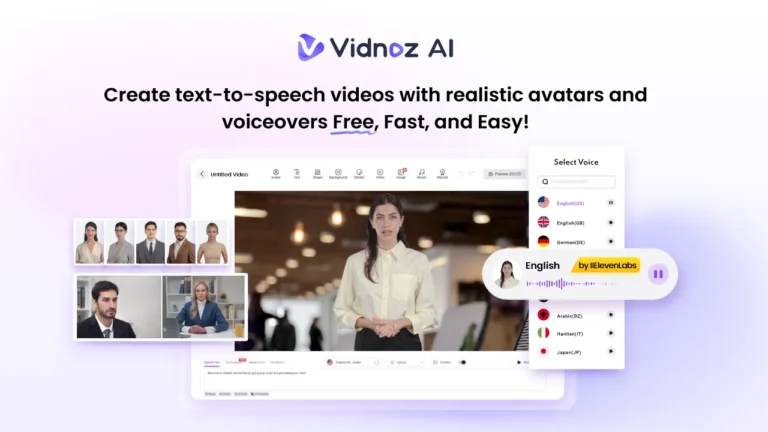Internet speed varies across the globe. Some people browse with lightning-fast fibre, while others rely on unstable satellite links or ageing copper lines. A designer who ignores this contrast creates digital barriers. A designer who respects it creates opportunities for their web designs in Sydney.
It’s a vast topic, so let’s dive right in. First things first—
The Impact of Delay on User Behaviour
A slow connection shifts user behaviour because people click with caution. They abandon heavy pages, distrust stalled images, and quit before the first headline loads. But a site that feels light earns patience. So, here’s how you mould your user behaviour:
Smarter Use of Images:
Images consume bandwidth. Many pages lean on decorative graphics, but slow connections punish this habit. Instead:
- Compress every image before upload.
- Use modern formats like WebP if possible.
- Shrink dimensions to suit actual display sizes.
- Cut superfluous background visuals.
- Replace photography with vector art when reasonable.
Text as a Powerful Alternative
Text holds power without weight because written content loads instantly. A compelling headline outshines bulky banners. A snappy paragraph beats a high-resolution slideshow. Typography becomes the star in a minimal layout. Beautiful fonts can still feel nimble.
Killing Laggy Animations
Animations create flair, but they also cause lag. Heavy scripts make processors sweat. Transitions can feel like quicksand on a weak device.
To solve these issues, it’s pertinent to remove elaborate movement and rely on subtle motion if necessary. Graceful fades feel lighter than ornate effects. Overall, it matters to prioritise stability over spectacle.
Reducing Scripts and Code Bloat
Each kilobyte matters, so make sure to:
- Evaluate every script.
- Remove bloated libraries.
- Replace frameworks with smaller tools.
- Vanilla JavaScript can solve many tasks.
- Inline scripts reduce trips to the server.
- Lazy loading prevents the browser from choking early.
Rethinking Video Usage
Video devastates sluggish networks. Background autoplay, in particular, triggers chaos. Instead, you can offer optional playback, provide low-resolution alternatives, and supply subtitles instead of giant intro reels. Even better, you can try featuring a poster image before loading frames. Users with slow connections appreciate choice.
Simple, Fast Navigation
Navigation influences perception. A complex menu, for instance, adds overhead, but a simple structure speeds discovery. Then, you can place primary links within reach. Clean lists like these load rapidly and prevent user frustration. Predictable labels also guide quickly.
Clear Structure and Content Hierarchy
Content hierarchy shapes clarity. Hierarchy can be shaped in various ways depending on the web design in Sydney, but in general:
- Put vital information at the top.
- Showcase headlines before extras.
- Use short paragraphs.
- Break text into digestible chunks.
- Craft subheadings with intrigue.
Users on lagging connections appreciate this directness.
CSS Without the Fat
CSS can balloon invisibly, so it’s essential for website designers to trim redundant styles effectively. Further, it also helps to remove unused declarations, combine files thoughtfully, and minimise whitespace in code. A single stylesheet beats scattered fragments. Inline critical CSS to render the first view quickly.
Testing in Real Conditions
Testing reveals the truth. So, simulate slow speeds and throttle the connection in the browser’s dev tools. Then, watch the page crawl. Notice bottlenecks and repair them before launch. This is essential to understand what you’ve done so far and whether you’ve done it correctly.
Harnessing the Power of Caching
Caching acts like a secret ally. It simply means that browsers remember the files a user has accessed. This behaviour can be leveraged to ensure a proper experience for your user. For example, set proper headers and allow reuse of assets across pages. Users revisit faster with this cached content. Even sluggish connections speed up with repeat visits.
Designing for Old Devices
Slow networks often accompany older phones. This typically involves screen size shrinking and power draining. But a responsive layout adapts gracefully and saves the day. For example, media queries reduce clutter, elements stack neatly, and touch targets stay friendly.
Minimalism as a Strength
Minimalism thrives in constraint. White space whispers elegance. Clean layouts signal confidence. Bold colour blocks stand out without heavy decoration. Icons deliver meaning in small packages. Every byte saved unlocks accessibility.
Back-End Speed and Delivery
A weak backend punishes visitors, so server performance matters. To keep this aspect in control, your web design in Sydney must:
- Optimise hosting.
- Employ a content delivery network.
- Shorten response times.
- Preload key assets.
- Compress files with Gzip or Brotli.
- Deliver pages with urgency.
Forms Designed with Care
Forms can torture a slow user. One primary concern is the endless fields scare. So, use short forms and save progress locally. You can also offer clear feedback without reloading pages every single time. Respect the limited patience of your users.
Smart Typography Choices
Typography influences loading behaviour. Custom fonts, for example, slow down the first impression. That is why most choose to host only the necessary fonts, subset characters, and skip extravagant weights.
Handling Connection Drops
Connection drops create havoc. Therefore, it’s critical to have some offline strategies to offer resilience. Service workers can cache key pages, and users continue reading during hiccups. This kind of partial functionality beats total failure.
Fast, Efficient Search
Search functionality can drain resources, as massive databases need careful handling. So, some tips to follow for your web design in Sydney:
- Implement efficient queries.
- Provide suggestions without heavy scripts.
- Use placeholder text to set expectations.
Final Thoughts
A sluggish connection becomes less daunting with foresight. But a lean site reaches farther than a bloated one ever could. So, remember to design for the world, not the elite slice. Make sure to create pages that whisper rather than shout. Users will notice and stay. If this is too much to handle, consider seeking an expert in web design in Sydney. We recommend Make My Website, one of the 5-star-rated agencies for all things website. Call them and explore a collaboration if it fits your needs.







